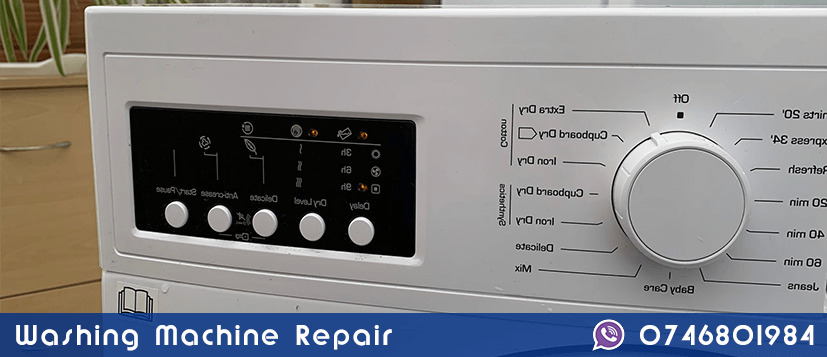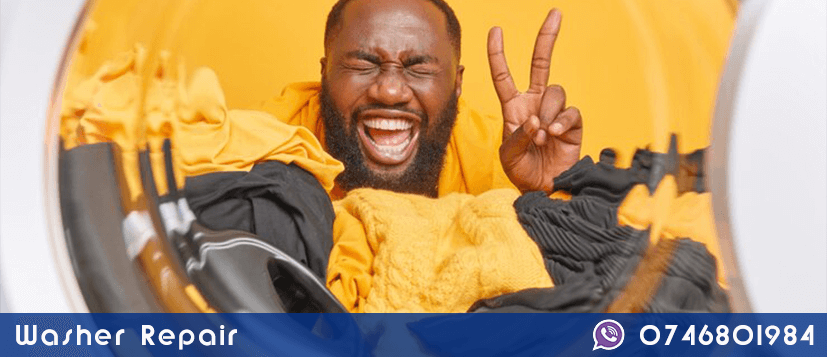Washing Machine Installation: A Step-by-Step Guide
Installing a washing machine correctly ensures smooth operation and prevents leaks or damage. This guide explains the installation process, the tools required, and key considerations.
Tools Needed for Installation
To install a washing machine, you will need the following tools:
- Adjustable Wrench – For tightening and loosening hose connections.
- Screwdriver (Flathead & Phillips) – To secure clamps and panels.
- Level – To ensure the machine is balanced on the floor.
- Pliers – For gripping and tightening small fittings.
- Tape Measure – To confirm space dimensions before installation.
- Bucket and Towels – To catch any excess water during installation.
Step-by-Step Washing Machine Installation
1. Choosing the Right Location
The washing machine should be placed on a flat, stable surface near a water supply, drainage system, and power outlet. There should be enough space for ventilation and easy access.
2. Removing Shipping Bolts
New washing machines come with shipping bolts that prevent drum movement during transport. These must be removed before use. Use a wrench to unscrew and remove them from the back of the machine.
3. Connecting the Water Supply Hoses
- Attach the hot and cold water hoses to their respective inlet valves on the back of the machine.
- Use an adjustable wrench to secure the connections but avoid over-tightening.
- Turn on the water supply to check for leaks.
4. Installing the Drain Hose
- Place the drain hose into the standpipe or attach it to a wall-mounted drain.
- Ensure the hose is positioned correctly to prevent water from flowing back into the machine.
5. Plugging in the Machine
- Plug the power cord into a grounded electrical outlet.
- Avoid using extension cords, as they can cause electrical hazards.
6. Leveling the Machine
- Use a level to check if the machine is balanced.
- Adjust the feet at the base of the washer by turning them clockwise or counterclockwise.
- A properly leveled washer reduces vibrations and noise.
7. Running a Test Cycle
- Run an empty wash cycle to check if the machine operates correctly.
- Observe for leaks, unusual noises, or drainage issues.
Final Checks
- Ensure all connections are secure.
- Keep the machine slightly away from the wall to allow airflow.
- Store the instruction manual in case of troubleshooting needs.
Proper installation helps extend the lifespan of the washing machine and improves efficiency. Would you like additional details on maintenance tips

